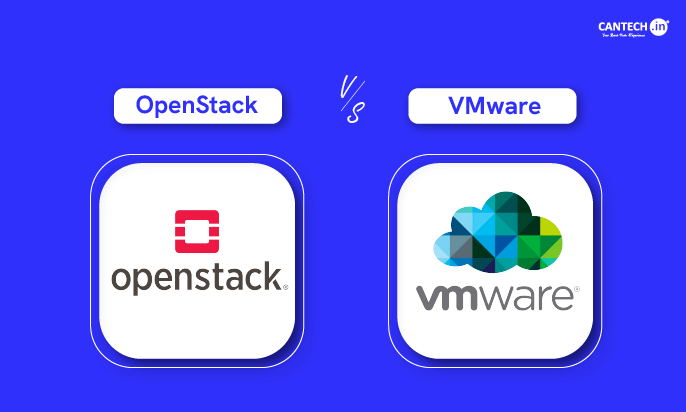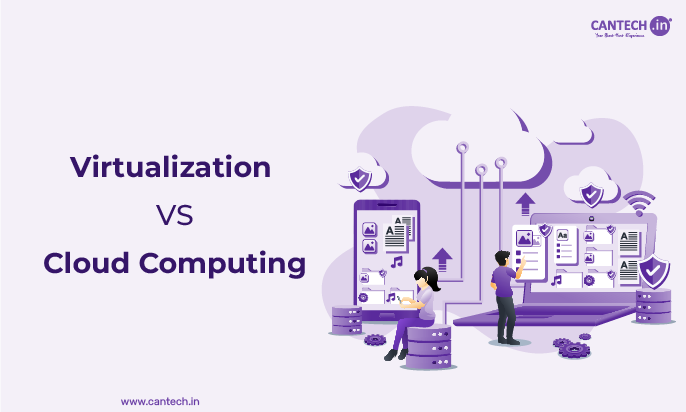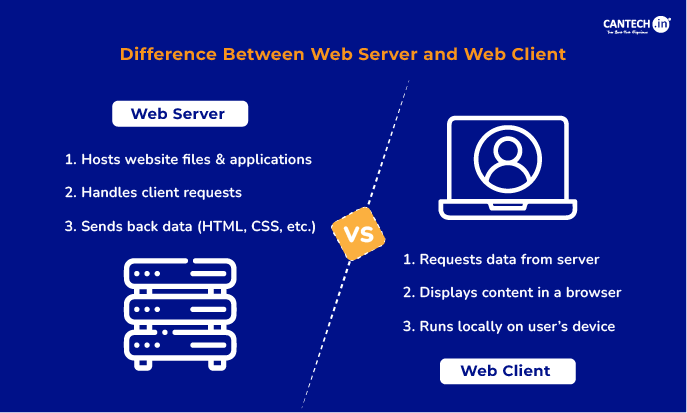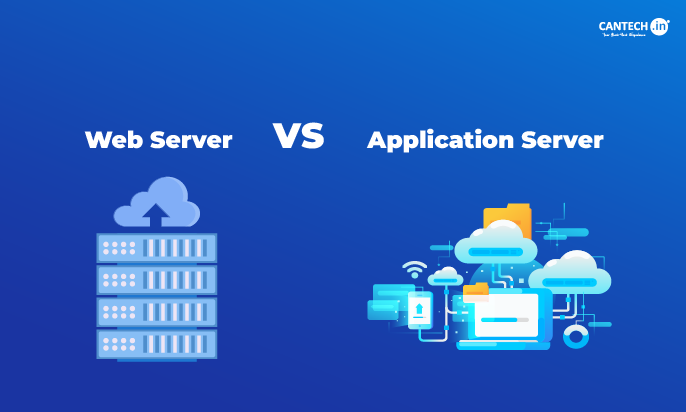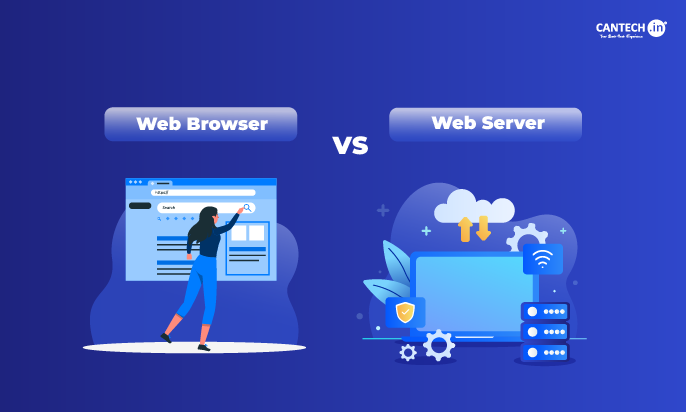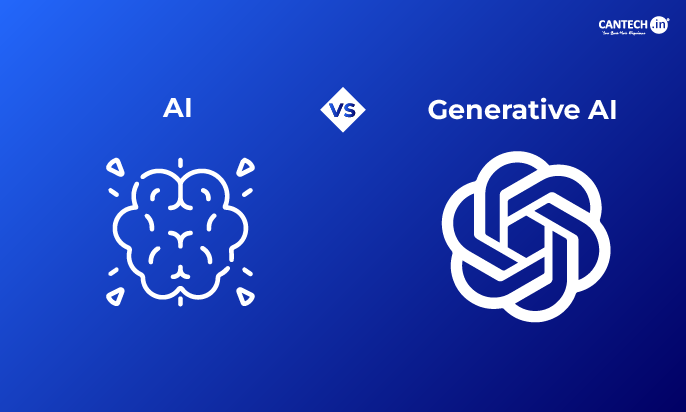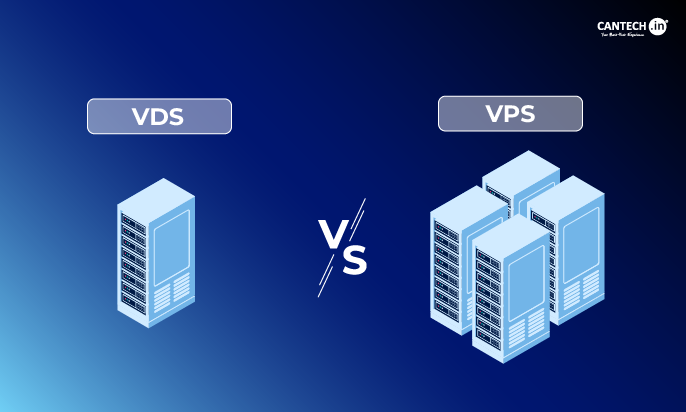Choosing between OpenStack and VMware is not just about features. It’s about cost, control and long-term strategy. OpenStack champions flexibility, letting businesses shape their OpenStack cloud without vendor lock-in. VMware on the other hand delivers polished, enterprise-grade solutions with easy integration but at a premium.
The true question is not which cloud platform is superior, but which one best aligns with your operational requirements. In this blog, we will look at the fundamental differences between OpenStack and VMware in terms of cost, scalability, security, and management to help you choose the right cloud platform for your needs. So let us get started.
Core Functionalities: OpenStack Vs VMware
OpenStack and VMware are popular technologies for managing cloud and virtualization infrastructures, with differing basic features. OpenStack is an open-source solution noted for its versatility and scalability, enabling businesses to efficiently manage OpenStack virtual machine across diverse cloud environments. It allows users to construct private and public clouds with a modular design, as well as customize and interact with numerous hardware and software components. Since it is open-source, there are no license fees; nonetheless, support and implementation may be pricey. Furthermore, VMware offers a proprietary, tightly-suited suite of technologies like vSphere for virtualization and vCloud Suite for cloud management. These products by VMware are appreciated for their simplicity of use, great customer support, and excellent stability. However, they come with substantial license fees. Both platforms meet business objectives, but there are differences in customization, pricing, and integration possibilities.
Key Differences Between OpenStack and VMware
Here are some key differences between OpenStack and VMware, focusing on performance and scalability, feature comparison, and cost and license type:
Performance and Scalability
OpenStack performance can vary significantly depending on how effectively the system is set up. It takes extensive technical expertise to attain great performance in resource management. Scalability in OpenStack is intended to allow for horizontal expansion over numerous servers, making it ideal for large, distributed systems. However, this scalability brings its own management challenges, particularly in networking and storage which require careful planning.
Whereas, VMware offers consistent performance with technologies such as Distributed Resource Scheduler (DRS) for workload balance. It is very ideal for virtualization that offers performance benefits through customization. VMware’s scalability has both vertical (providing additional resources to a VM) and horizontal (adding more VMs or hosts) techniques which is possible by integrated management tools. But scaling through VMware could be expensive due to licensing costs per CPU or VM.
Feature Comparison
OpenStack has a modular architecture, with components like Nova for compute, Cinder for block storage, and Neutron for networking, allowing for high customization. It uses open APIs, which facilitate integration with third-party services, making it flexible for cloud environments. OpenStack also supports container orchestration alongside traditional VMs through projects like Magnum. However, the feature set can be a patchwork due to community-driven development.
VMware provides an integrated set of features through products like vSphere for virtualization, NSX for networking, and vSAN for storage. It’s known for its advanced management capabilities, including vMotion for VM migration, fault tolerance for high availability, and comprehensive security options. VMware’s user interface is designed to be intuitive, reducing the learning curve for basic operations. It also offers enterprise-level features such as high availability, disaster recovery, and strong security measures.
Cost and License Type
OpenStack is open source, which means there is no cost for the software itself; nonetheless, costs occur from hardware selection, prospective consulting fees for setup, and maintenance. Support can be offered complimentary through community channels or for a fee through vendors such as Red Hat or Mirantis, with enterprise-level support incurring additional fees. Maintenance requires either in-house expertise or paid assistance.
VMware has a proprietary licensing model with a variety of choices, many of which are based on per CPU or per VM metrics. This may be rather costly, especially in big installations. The costs include not just software licenses, but also upgrades, new features, and support tiers ranging from basic to premier. The proprietary nature may result in vendor lock-in, with substantial expenses associated with moving to another.
Use Cases for OpenStack
Here are some the use cases for OpenStack by Industry and Application where it is more suitable:
Telecommunications
- NFV (Network Functions Virtualization): OpenStack can manage virtual network functions, allowing telecoms to deploy network services rapidly and scale them as needed.
- 5G Infrastructure: Provides the scalable infrastructure needed for deploying and managing 5G network services.
Healthcare
- Data Management: Secure, scalable storage solutions for patient data and medical imaging.
- Research Computing: High-performance computing clusters for medical research using OpenStack’s compute capabilities.
Education
- Virtual Labs: Creating virtual environments for student projects or experiments, reducing hardware costs.
- Shared Resources: Efficient resource allocation for campus-wide computing needs.
Media and Entertainment
- Content Delivery: Managing content distribution networks with scalable storage and compute services.
- Rendering Farms: Large-scale rendering tasks for visual effects or animation.
Government
- Secure Clouds: Deploying secure, private clouds for sensitive government data with customization for compliance.
Use Cases for VMware
Here are some the use cases for VMware by Industry and Application where it is more suitable:
Finance
- High-Availability Systems: VMware’s solutions ensure minimal downtime for trading platforms and banking applications.
- Regulatory Compliance: Tools for managing data security and compliance with financial regulations.
Manufacturing
- IoT Integration: Managing IoT devices and applications with VMware’s edge computing capabilities.
- Supply Chain Management: Virtualized environments with ERP Cloud Hosting for ERP systems to optimize supply chain operations.
Retail
- E-commerce Platforms: High-performance, scalable infrastructure for online retail operations.
- Point of Sale: Virtualizing POS systems for easier management and updates across multiple locations.
Energy
- Smart Grids: Control and manage smart grid systems with virtualization for improved resilience and security.
- Simulation and Modeling: High-performance computing for energy consumption models or renewable energy simulations.
The decision to choose any of the platforms can have a great influence on how an industry or application uses cloud and virtualization technologies by striking a perfect balance between innovation, cost, compliance, and operational efficiency. When deciding between OpenStack and VMware, you have to make sure to achieve optimum balance between requirement for flexibility and reduced costs with complexity and skill (OpenStack) vs a more straightforward, feature-rich, but more expensive solution (VMware). The selection is entirely dependent on your company’s technical abilities, scalability needs, budget, parameters, balance of customization and ease of use.
Get the Perfect Cloud Solution for your Business Needs from Cantech.in
Cantech provides customized solutions to match your business needs. Whether it’s flexibility or enterprise-grade stability. With our high-performance servers, expert support, and great security, we ensure effortless cloud management. Our Managed VPS Hosting and Dedicated Servers offer reliability, scalability, and optimized storage for growing businesses.
Visit Cantech Networks to explore our offerings and consult with our experts to get tailored cloud solutions for your business.
FAQ’s
How does OpenStack compare to VMware vCloud?
OpenStack is an open-source platform that enables cloud infrastructure management, whereas VMware vCloud is a proprietary cloud solution that integrates with VMware’s virtualization stack. vCloud offers better out-of-the-box enterprise support and seamless VMware integration, while OpenStack provides more flexibility and avoids vendor lock-in.
What are the differences between OpenStack, CloudStack, and VMware?
- OpenStack: Open-source, highly scalable, and suited for IaaS deployments with modular components.
- CloudStack: Open-source but with a more streamlined, GUI-driven approach, making it simpler to deploy than OpenStack.
- VMware: Proprietary, enterprise-ready, and designed for virtualization-first cloud environments with strong reliability and support.
Is OpenStack a viable alternative to VMware?
Yes, OpenStack can be a strong alternative to VMware for organizations looking to avoid license costs and achieve greater customization. However, VMware provides better support, easier management, and enterprise-grade security, which makes it a preferred choice for businesses that require stability and reliability.
Which is better for enterprise cloud management: OpenStack or VMware?
The choice depends on your requirements. VMware performs well in enterprise support, integration, and ease of use, while OpenStack is better suited for organizations that need flexibility, scalability, and cost control. Businesses that seek an OpenStack vs VMware alternative may explore hybrid cloud solutions that combine both platforms.
